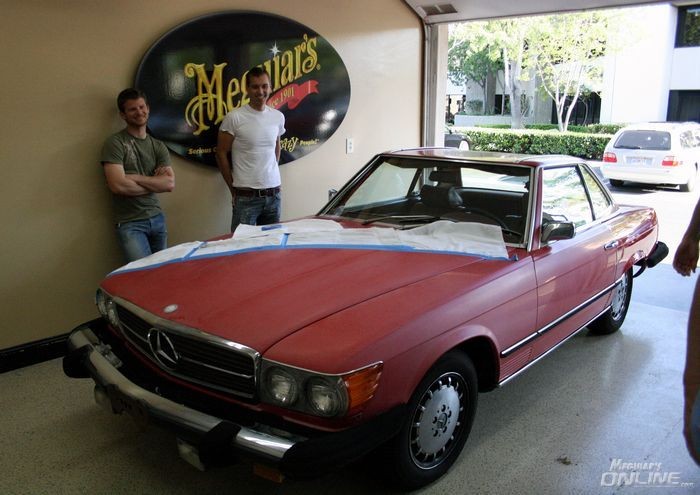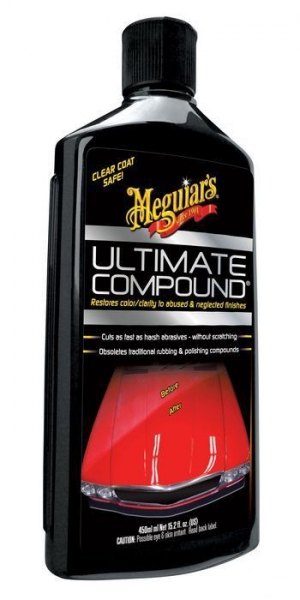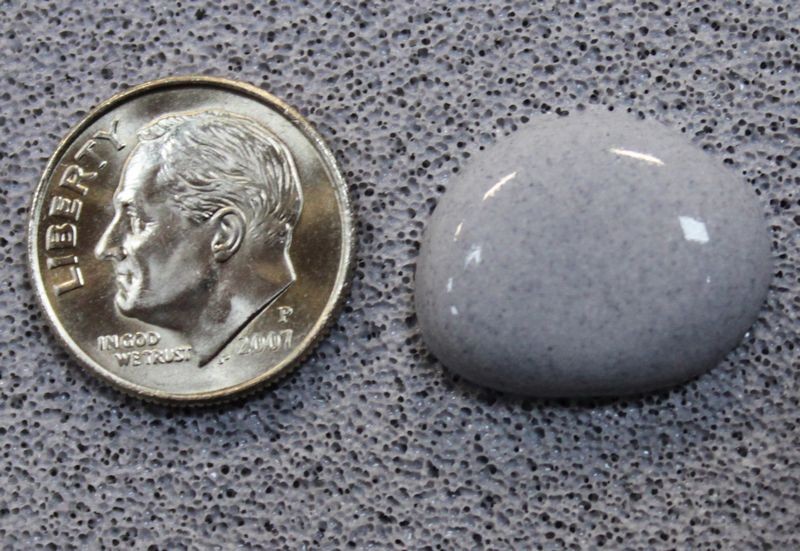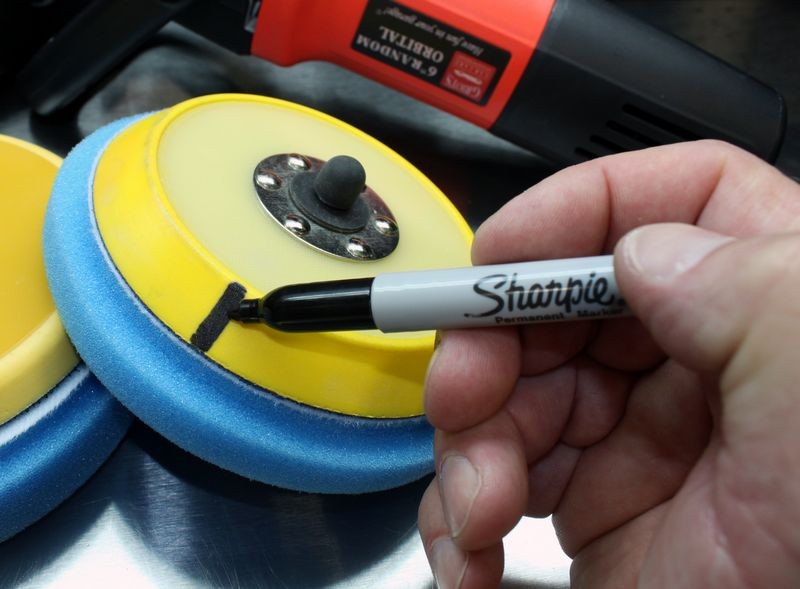Hi! First time poster from Hamilton, Ontario polishing my very first car (my one and only daily driver, a black 2011 Mazda 3 Hatchback 2.0L).
I've watched countless hours at this point of good quality YouTube videos (mostly Larry from AMMO NYC, and most recently binging on the good ole' JUNKMAN) and these exceptionally talented guys n gals have inspired me to start taking care of my car. So I've spent around $350 CAD in the last couple weeks on car care products including MF towels, mitts, sponges, wheels brushes, clay bar system, wax, and OF COURSE - a PC 7424XP DA polisher along with foam pads.
NOW ON TO THE QUESTION:
I have completed my test spot on the hood of my car (Yes I know, pick the most visible place why don't I...), and as expected, I didn't kill my paint.
I am, however, not satisfied with the results; nor am I very surprised considering my product of choice was Meguiar's consumer product ULTIMATE COMPOUND.
See two pictures attached for the uncorrected and corrected difference (These are not before/after pictures of the same spot) I've also linked a youtube clip going back and forth over the right side (COMPOUNDED) and left side (NO CORRECTION).
Yes, the product removed the majority of the swirls. However, the deeper clearcoat scratches didn't want to go away. The scratches that remain are essentially impossible to notice unless you get right in there with a light source... But I feel like with the reputed soft paint of the Mazdas (in particular the black paint as reported by dozens of Mazda owners on forums) that I shouldn't be having an issue getting rid of these slightly deeper CC scratches.
Here's what I'm using:
PC 7424XP DA Polisher w/ 5" backing plate
LC CCS 5.5" Orange foam pad
Megs Ultimate Compound
The steps that I took for my 2x2 test spot:
1.Wash with dove soap (only used this to prep the spot for clay/polish)
2. Clay bar, using light-pressured strokes (paint was not heavily contaminated, felt fairly smooth before the clay)
3. Dry with MF towel (tags removed)
4. IPA to remove any remaining grease & wax (1 coat of liquid wax was last applied a month ago, definitely was not beading much at this point)
5. COMPOUND
I ended up going over this same spot on the top end of the hood a total of 4 times (with the same pad), as I would wipe and still see scratches remain with a light source. I stopped after 4 thinking something needed to change...
The question is... What? Yellow for orange pad? MF pad for foam pad? Professional-grade cutting compound for consumer grade w/ fillers? A combination of these???
Thanks for your help and guidance
I've watched countless hours at this point of good quality YouTube videos (mostly Larry from AMMO NYC, and most recently binging on the good ole' JUNKMAN) and these exceptionally talented guys n gals have inspired me to start taking care of my car. So I've spent around $350 CAD in the last couple weeks on car care products including MF towels, mitts, sponges, wheels brushes, clay bar system, wax, and OF COURSE - a PC 7424XP DA polisher along with foam pads.
NOW ON TO THE QUESTION:
I have completed my test spot on the hood of my car (Yes I know, pick the most visible place why don't I...), and as expected, I didn't kill my paint.
I am, however, not satisfied with the results; nor am I very surprised considering my product of choice was Meguiar's consumer product ULTIMATE COMPOUND.
See two pictures attached for the uncorrected and corrected difference (These are not before/after pictures of the same spot) I've also linked a youtube clip going back and forth over the right side (COMPOUNDED) and left side (NO CORRECTION).
Yes, the product removed the majority of the swirls. However, the deeper clearcoat scratches didn't want to go away. The scratches that remain are essentially impossible to notice unless you get right in there with a light source... But I feel like with the reputed soft paint of the Mazdas (in particular the black paint as reported by dozens of Mazda owners on forums) that I shouldn't be having an issue getting rid of these slightly deeper CC scratches.
Here's what I'm using:
PC 7424XP DA Polisher w/ 5" backing plate
LC CCS 5.5" Orange foam pad
Megs Ultimate Compound
The steps that I took for my 2x2 test spot:
1.Wash with dove soap (only used this to prep the spot for clay/polish)
2. Clay bar, using light-pressured strokes (paint was not heavily contaminated, felt fairly smooth before the clay)
3. Dry with MF towel (tags removed)
4. IPA to remove any remaining grease & wax (1 coat of liquid wax was last applied a month ago, definitely was not beading much at this point)
5. COMPOUND
- I used 4 pea-sized drops on the brand new pad, and used one mist of detailer spray
- Dabbed product on the 2x2 spot
- Worked product in on a speed of 1
- On a speed of 5, I moved very slowly using crosshatch pattern. Two horizontal, and two vertical passes, 50% crossover, applying a small amount of pressure on the machine as I found the pad to be moving waaay too slowly if I applied the "14+ pounds including the weight of the machine" as I've seen recommended.
I ended up going over this same spot on the top end of the hood a total of 4 times (with the same pad), as I would wipe and still see scratches remain with a light source. I stopped after 4 thinking something needed to change...
The question is... What? Yellow for orange pad? MF pad for foam pad? Professional-grade cutting compound for consumer grade w/ fillers? A combination of these???
Thanks for your help and guidance
Last edited:











